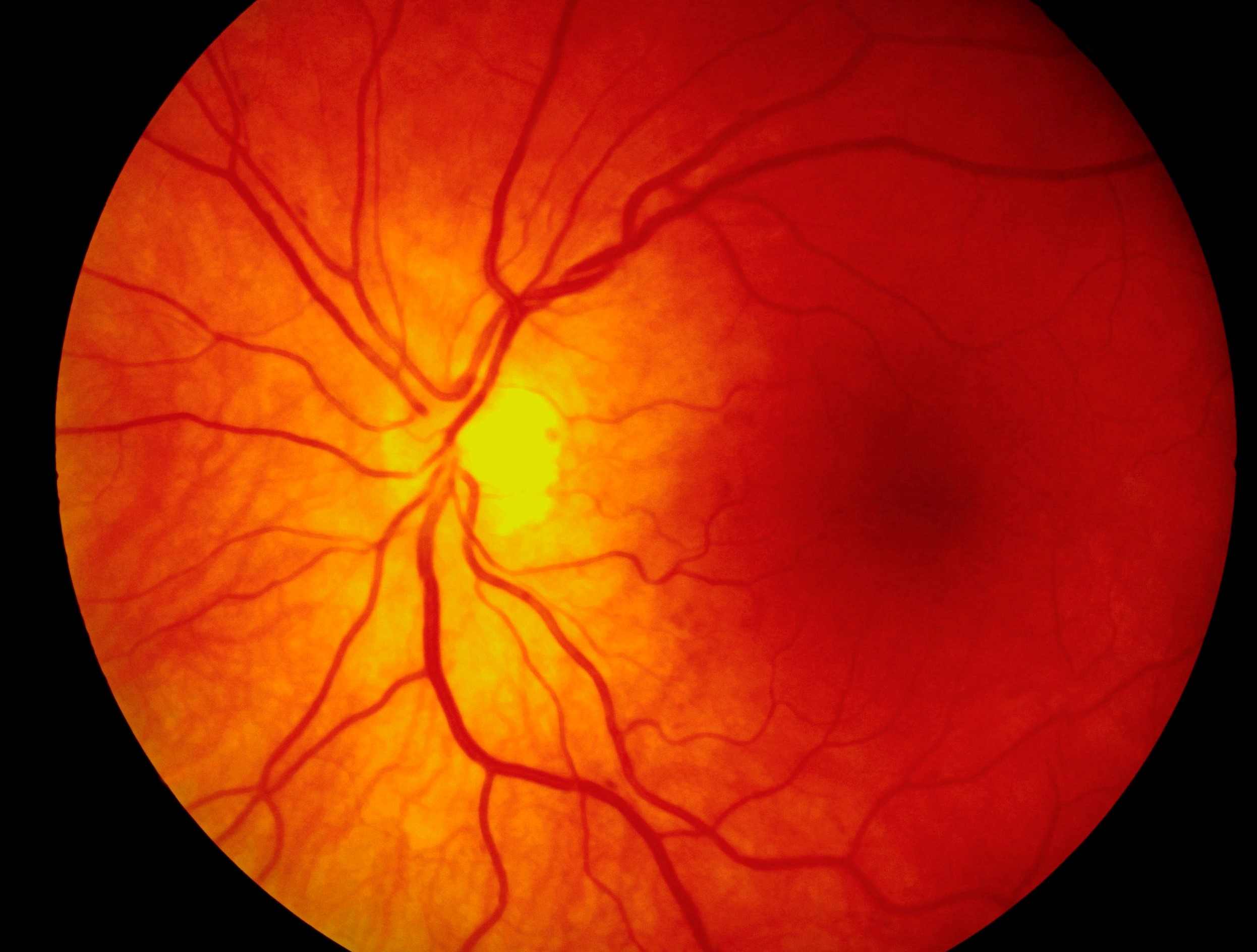
What is macular pucker and what are the symptoms
Macular pucker, what is it? The eye, one of the most sophisticated organisms in the human body, relies on the delicate balance of all its parts
But this balance can break down due to external agents, pathologies or simply due to the advance of time.
One of the most frequent anatomical alterations is that of the vitreo-retinal interface caused by the passage of time: in these cases we speak of macular pucker, also called epiretinal membrane.
What is macular pucker
Macular pucker is the anatomical alteration of the border area between the vitreous body and the retina and consists of the development of a thin, translucent membrane over the macula, the central part of the retina.
When this membrane thickens, it tends to wrinkle (from the English pucker = pucker) and there is a progressive deformation and distortion of the retina, resulting in worsening of vision.
The main causes for which this pathology can develop are:
- age: it mainly occurs after the age of 50;
- previous eye infections;
- previous laser treatment of the retina;
- previous surgery;
- retinal detachment;
- consequences of ocular trauma.
Symptoms of macular pucker
The most common symptoms of pucker
- blurred vision;
- distortion of vision: the subject may perceive metamorphoses, e.g. when watching television or reading;
- perception of objects of reduced size (micropsia) or of larger size (macropsia);
- vision of wavy or broken lines instead of straight ones. For example, when reading, sentences may appear wavy;
Over time, symptoms may remain stable or gradually worsen.
However, there are no prevention procedures.
Diagnosis
The diagnosis can only be made by an ophthalmologist by means of a fundus examination, after dilation of the pupil.
During the examination, the specialist can also perform an Amsler test to assess the actual extent of line distortion using a special grid.
Diagnostic confirmation must be obtained by means of an OCT (optical coherence tomography) examination, which makes it possible to
- analysing the layers of the retina, in particular the macula;
- assess the extent of distortion of the retina itself;
- determine the evolution of the pathology over time.
How macular pucker is treated
In most cases, macular pucker does not require treatment, even if it cannot regress, and this is the case when the symptoms are minimal and tolerable.
In other cases, however, the symptoms may be significant and disabling, causing reading and driving problems, or the OCT examination may indicate a trend towards progressive worsening of the pathology.
In these conditions, it becomes appropriate to consider surgery.
Surgery consists of:
- vitrectomy, removal of the vitreous body;
- peeling, removal, of the membrane itself.
The objective of the surgery is to stabilise the situation, with the aim of preventing further deterioration.
Post-operative visual recovery is variable: in some cases there is a true recovery, in others the course of the pathology itself is stabilised.
It all depends on the degree of impairment of the retina prior to surgery.
Read Also:
Emergency Live Even More…Live: Download The New Free App Of Your Newspaper For IOS And Android
Red Eyes: What Can Be The Causes Of Conjunctival Hyperemia?
Autoimmune Diseases: The Sand In The Eyes Of Sjögren’s Syndrome
Corneal Abrasions And Foreign Bodies In The Eye: What To Do? Diagnosis And Treatment
Covid, A ‘Mask’ For The Eyes Thanks To Ozone Gel: An Ophthalmic Gel Under Study
Dry Eyes In Winter: What Causes Dry Eye In This Season?
What Is Aberrometry? Discovering The Aberrations Of The Eye
Dry Eye Syndrome: Symptoms, Causes And Remedies


